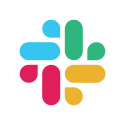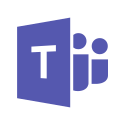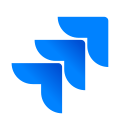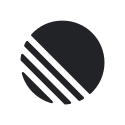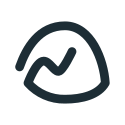
A Sample Board Meeting Agenda: Streamline Your Agile Meetings With Team O'Clock

Running an effective board meeting for an Agile team isn’t just about gathering everyone in a room or on a call. It’s about ensuring discussions are productive, decisions are strategic, and action items are clear.
A well-structured agenda can make all the difference. Let’s explore why an agenda matters and explore a sample board meeting agenda tailored for Agile teams.
Why Agile Board Meetings Need a Clear Agenda
Agile teams thrive on adaptability, but that doesn’t mean meetings should be chaotic. A structured agenda keeps discussions on track, helps prioritize key topics, and ensures that decisions are made efficiently.
Common Pitfalls of Unstructured Board Meetings
Without an agenda, meetings often go off-course, drag on longer than necessary, and leave attendees confused about the next steps. Common problems include:
Lack of focus, leading to unnecessary discussions.
Key stakeholders feel unheard or disengaged.
Important decisions get lost in endless debate.
How a Well-Defined Agenda Improves Strategic Alignment
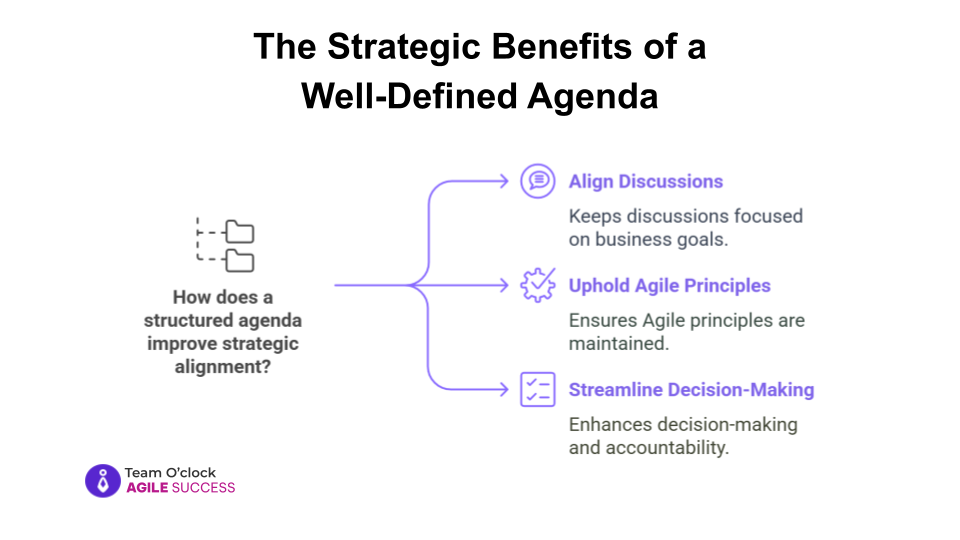
Introducing Team O’Clock’s Free Online Agenda Meeting Tool
How the Agenda Meeting Tool Simplifies Collaboration
With Team O’Clock’s Agenda Meeting, teams can:
Set a clear meeting structure in minutes.
Collaborate on agenda topics in advance.
Keep discussions focused with timeboxing features.
Agenda Meeting: The Key Benefits
Focus – Keeps everyone aligned with the meeting’s purpose.
Efficiency – Reduces meeting time while maximizing outcomes.
Remote-Friendly – Works seamlessly for hybrid or fully remote teams.
How to Run A Sample Board Meeting Agenda for Agile Teams
1. Welcome & Meeting Objectives
Kick off the meeting by setting expectations.
Assign roles such as facilitator, note-taker, and timekeeper.
2. Performance Review
Assess company progress against goals.
Highlight key successes and areas needing improvement.
3. Strategic Direction
Review the company’s long-term vision.
Adjust strategies based on market trends and business priorities.
4. High-Level Challenges
Discuss current roadblocks or risks impacting the business.
Propose data-driven solutions to address these challenges.
5. Stakeholder Alignment
Address feedback or concerns from key stakeholders.
Ensure different departments are aligned and working toward shared goals.
6. Action Items & Next Steps
Assign tasks with clear ownership.
Set deadlines and schedule follow-up meetings to track progress.
How Team O’Clock’s Agenda Meeting Tool Enhances Board Meetings
✅Asynchronous Participation – Add Topics & Notes Ahead of Time
Team members can contribute to the agenda before the meeting, ensuring everyone’s priorities are considered.
✅Timeboxing Features – Keep Discussions Focused
Set a time limit for each agenda item to prevent discussions from dragging on.
✅Action Item Assignment – Ensure Accountability
Assign follow-up tasks within the tool so nothing gets forgotten after the meeting.
✅Integrations with Slack, Microsoft Teams, & Jira
Sync meeting notes and action items with the tools your team already uses for seamless follow-ups.
FAQs About Board Meeting Agendas for Agile Teams
1. How is an Agile board meeting different from a traditional one?
Agile board meetings focus on continuous improvement, data-driven decision-making, and stakeholder collaboration rather than rigid structures and lengthy reports.
2. Can I use Team O’Clock’s tool for asynchronous meetings?
Yes! Team O’Clock supports asynchronous participation, allowing teams to contribute and review agenda items at their convenience.
3. How do I ensure my board meeting stays on track?
Use a structured agenda, assign time limits for each topic, and designate a facilitator to guide discussions.
4. How does the tool help with follow-ups and documentation?
Team O’Clock automatically documents action items and integrates with collaboration tools, making follow-ups seamless.
5. What should be included in an Agile board meeting agenda?
Focus on key topics like progress updates, backlog review, sprint goals, blockers, and action items. Keep it concise and aligned with the team’s current priorities.
6. How long should an Agile board meeting last?
Agile meetings are typically short and timeboxed. For example, daily stand-ups are 15 minutes, while sprint planning or retrospectives may last 1-2 hours, depending on the team’s needs.
7. Who should attend Agile board meetings?
Include the core team members (developers, Scrum Master, product owner) and relevant stakeholders. Keep the group small to ensure focused discussions.
8. How do we ensure action items are clear and actionable after the meeting?
Assign specific tasks to individuals with clear deadlines. Use tools like Trello, Jira, or a simple shared document to track progress.
9. How do we handle urgent or unplanned topics during an Agile board meeting?
Address urgent issues briefly, but defer detailed discussions to a separate meeting or after the current one to avoid derailing the agenda.
10. What’s the best way to prepare for an Agile board meeting?
Review the agenda in advance, update task statuses, and gather any necessary data or updates. This ensures the meeting stays focused and productive.
Try Team O’Clock’s Free Board Meeting Agenda Tool Today
Want to run more effective Agile board meetings? Sign up for Team O’Clock today, explore the Agenda meeting templates, and bring structure, focus, and efficiency to your meetings.
Keep Reading
You might be interested in more blogs about meeting templates to make your Agile meetings more fun and engaging:

Want to run more effective Agile board meetings? Sign up for Team O’Clock today, explore the Agenda meeting templates, and bring structure, focus, and efficiency to your meetings.
